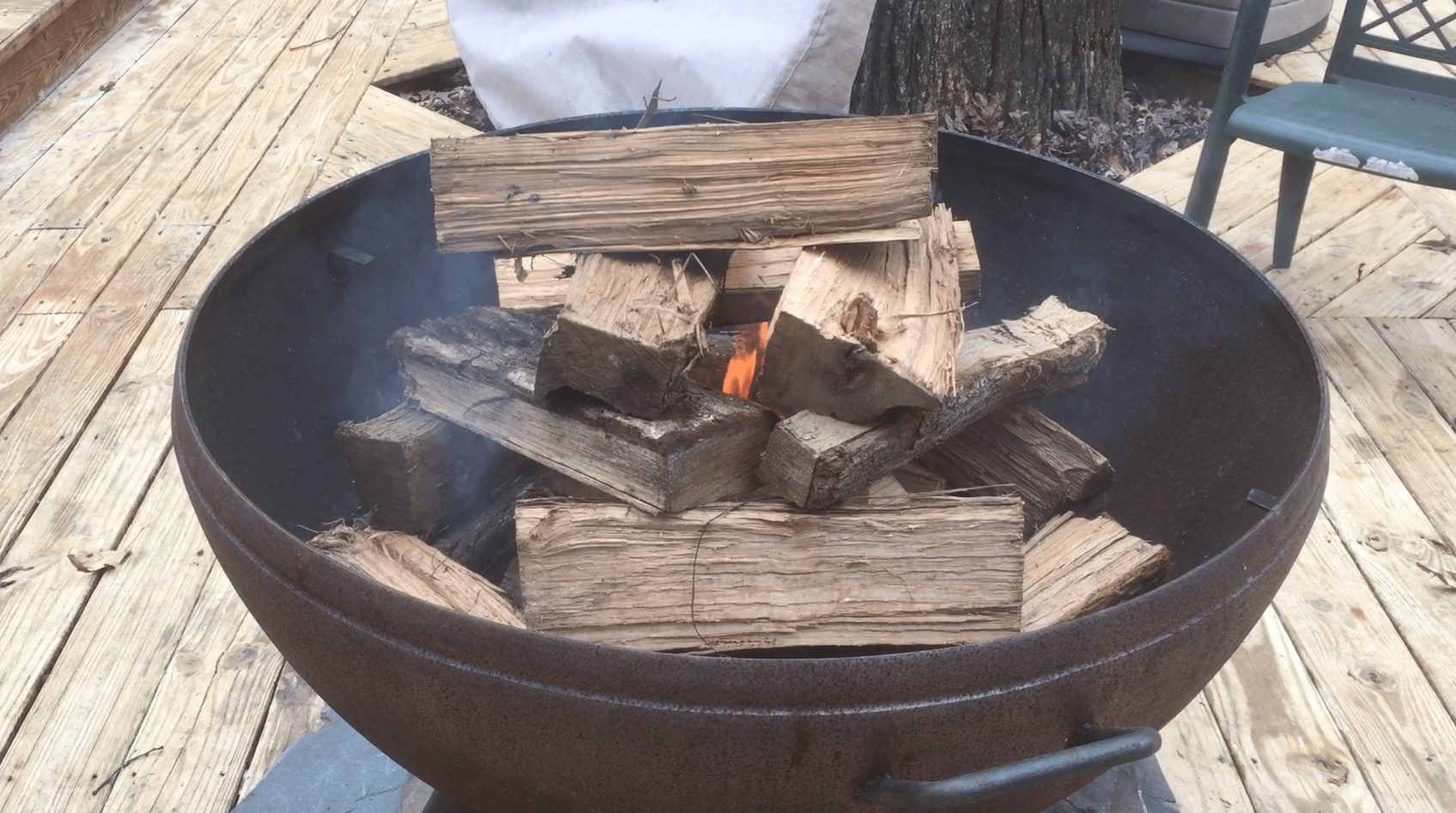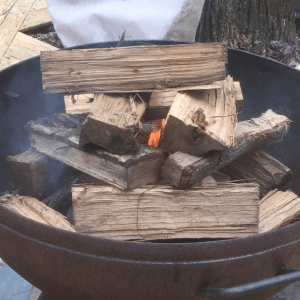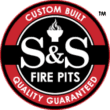
 Campfires have been around since the early days of mankind. A recent analysis of antelope bones discovered in South African caves suggests that humans have build controlled fires some 1.6 million years ago. While we now have tools like lighters and matches to ignite campfires, we still build them for the same purposes: warmth, cooking, light, and social enjoyment. There are several ways to build a campfire, however, which we’re going to explore today.
Campfires have been around since the early days of mankind. A recent analysis of antelope bones discovered in South African caves suggests that humans have build controlled fires some 1.6 million years ago. While we now have tools like lighters and matches to ignite campfires, we still build them for the same purposes: warmth, cooking, light, and social enjoyment. There are several ways to build a campfire, however, which we’re going to explore today.
Tipi
One of the most common types of campfires is the tipi, which lives up to its namesake by featuring the shape of a tipi. To build a tipi campfire, you’ll need to arrange some of small kindling vertically around the center. If the kindling isn’t staying up on its own, you can lash some sticks together for additional support. Next, place the larger kindling above the small kindling, using caution not to collapse the arrangement.
Tipi campfires such as this are great for producing warmth. When you add more firewood to it, heat from the bottom rises to the top; thus, igniting the newly added firewood. The only real downside is that firewood in a tipi can become unstable as it burns, resulting in the tipi falling over.
Lean-to
An alternative to the tipi campfire is a lean-to. This type of campfire follows a similar approach as the tipi, using the same large and small kindling arranged vertically. However, it differs in the sense that a thick piece of kindling is staked into the ground diagonally so it overhands the pile of kindling.
A variation of the lean-to consists of a large piece of firewood placed on the ground next to the tinder. The kindling is then placed next to this firewood, with one end propped up and the other end sitting on the ground. This allows the kindling to lean over the tinder; thus, serving as a windbreak.
Log Cabin
A third type of campfire and in my opinion the best is the log cabin. To create a log cabin campfire, gather and place a pile of tinder in the center and stack kindling around it. When placing the kindling, lay the first two sticks parallel to each other on opposite-facing sides. The next two sticks of kindling should be placed horizontally on top of the first pair. You can then repeat the process by adding more kindling, also placed horizontally on top of the previous pair.
The primarily benefits of a log cabin campfire is its structural stability and air flow. It’s the most structurally sound, reducing the risk of collapse and you get a nice bed of coals once the cabin is burned down.
If you have any questions regarding how an S&S Fire Pit can enhance your outdoor living space; We can help. https://ssfirepits.com/contact/


